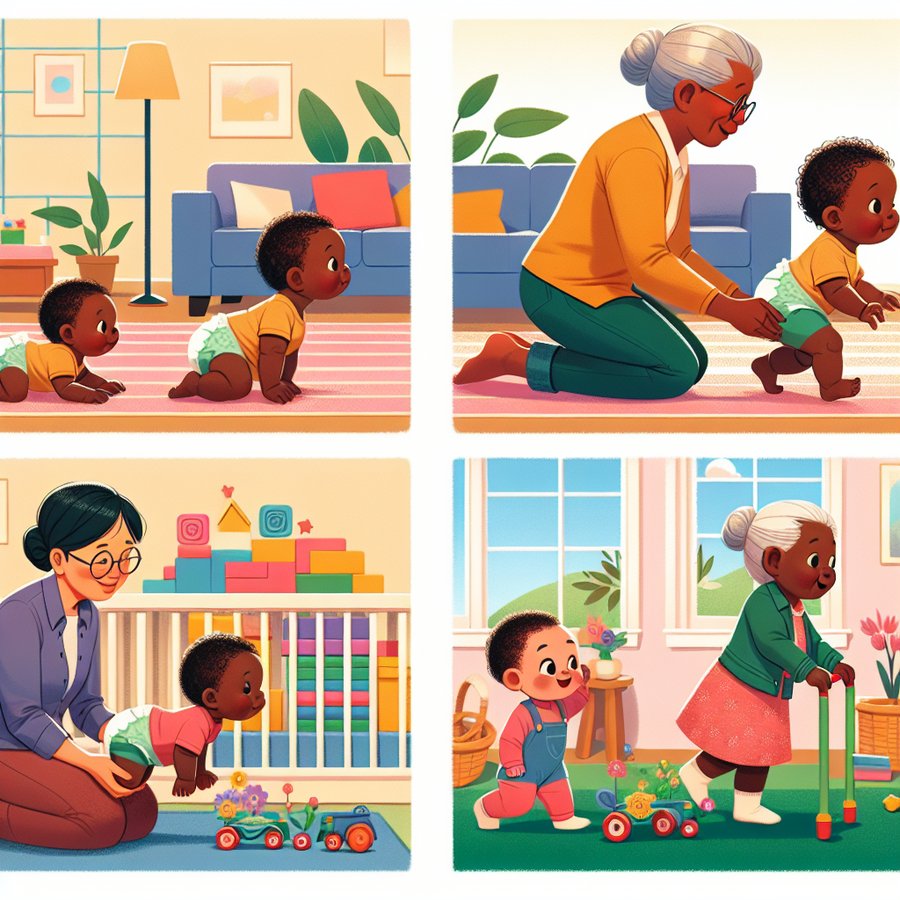Gait development in babies is a complex, fascinating journey that every new parent looks forward to. It’s the process that takes your child from a newborn, who has little control over their body, to a toddler who can walk, run, and explore the world around them. Understanding this process can help parents support their child’s growth and recognize the milestones along the way.
What Is Gait Development?
Gait development refers to the progression of movements that lead to walking. This journey typically starts with crawling, which evolves into standing, and eventually walking. Each stage plays a crucial role in developing the muscles and coordination needed for the next phase. It’s a process that is both exciting and nerve-wracking for parents as they watch their little ones take their first tentative steps.
The journey of gait development begins in infancy, with reflexive movements that are the foundations of walking. As babies grow, they go through several stages, including rolling over, sitting up, crawling, pulling up to stand, cruising along furniture, and finally, walking independently. Understanding these stages can provide reassurance to parents that their child is developing normally.
Key Milestones in Gait Development
Each baby’s journey through gait development is unique, but there are common milestones that parents can look for. These include the initial reflexive movements of the newborn, the development of strength and coordination for sitting, the transition to crawling, and the eventual first steps. Recognizing and celebrating these milestones can be incredibly rewarding for both the child and parents.
By around 12 to 15 months, most children begin to walk independently. However, it’s important for parents to remember that there is a wide range of normal when it comes to reaching these milestones. Factors such as prematurity, muscle tone, and even the amount of tummy time can influence the timing of gait development.
How to Support Your Child’s Gait Development
Supporting your child’s gait development involves creating a safe, encouraging environment that motivates exploration and movement. One way to support their development is by providing plenty of tummy time, which strengthens neck, back, and shoulder muscles, laying the groundwork for crawling and standing.
Additionally, once your child begins to pull up and stand, make sure their play area is safe and they have access to sturdy furniture to hold onto. Encouraging walking by holding their hands or using a push toy can also be beneficial. It’s essential to provide positive reinforcement and celebrate their efforts, irrespective of the outcome.
What to Do if You’re Concerned About Your Child’s Gait Development
If you have concerns about your child’s gait development, the first step is to consult with a pediatrician. They can assess your child’s progress and, if necessary, refer you to a pediatric physical therapist. These professionals can work with your child to address any delays or abnormalities in their gait, such as toe walking, bowlegs, or hip dysplasia.
It’s also helpful to keep a record of your child’s milestones and share these with your healthcare provider. This information can provide valuable insights into their overall development and can be crucial for early intervention if needed.
Additional Resources for Understanding Gait Development
For parents seeking more information on gait development, many resources are available. Educational websites, pediatric health organizations, and books on infant development can offer insights and advice. Online forums and social media groups also provide a platform for parents to share experiences and tips.
Moreover, consulting resources on related topics, such as crawling, rolling over, and walking, can give a more comprehensive understanding of your child’s development. Remember, every child’s journey is unique, and what matters most is providing love, support, and encouragement at every step of the way.













